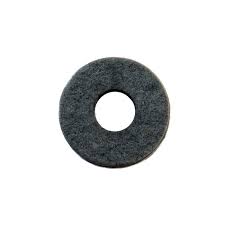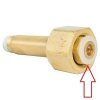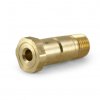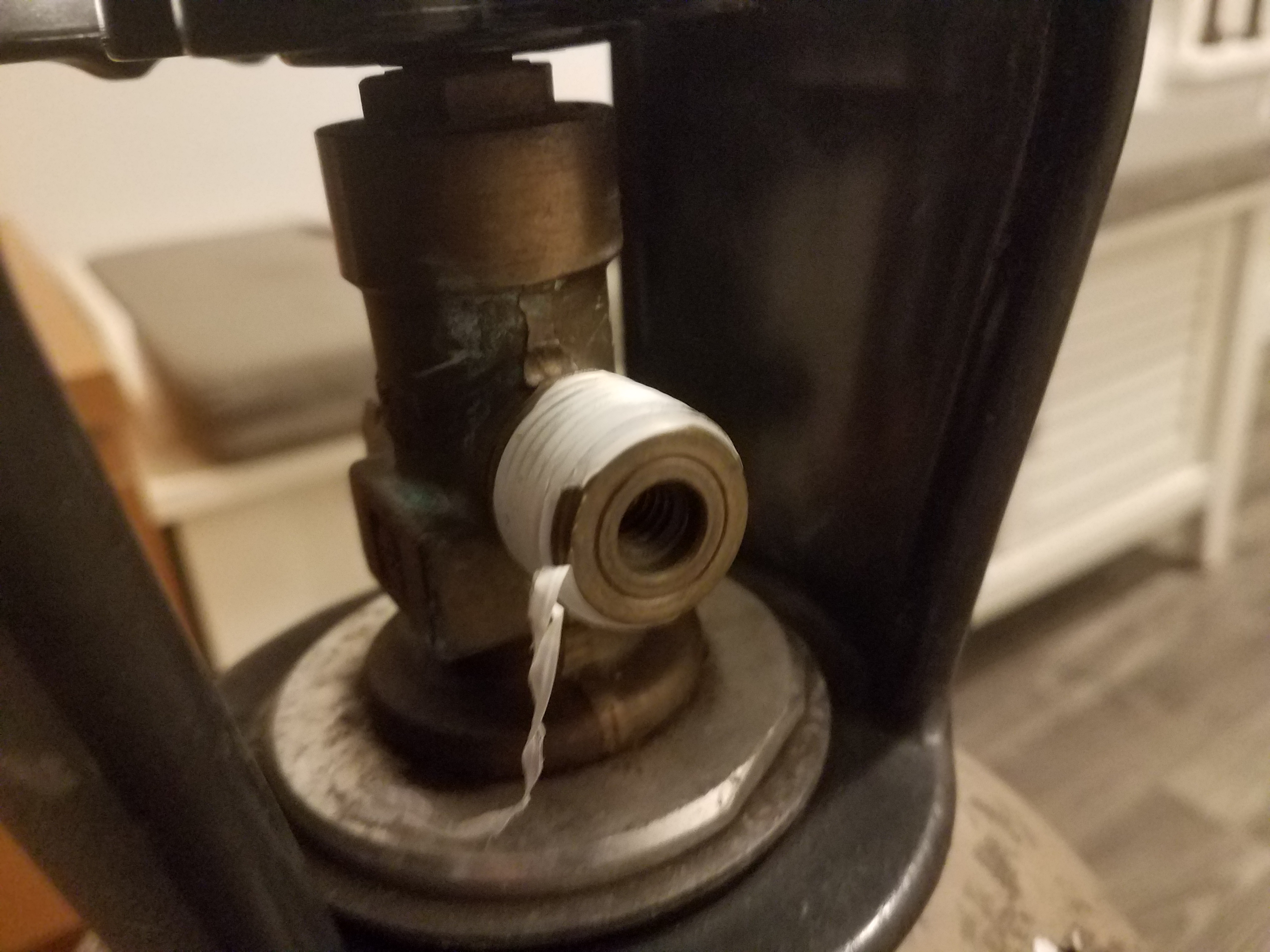Hi all, I am setting up my first kegerator and I'm confused about what kind of washer goes between the tank and the regulator.
I purchased a used 20 lb tank, swapped it out, and the new one came with a fiber washer that looks like this:

I tried connecting my regulator, which looks like this:


The nylon washer sits inside the regulator's hexagonal coupler, around a central post. I can't find a good image online, but I will take one tonight when I get home.
How I hooked it up:
I assembled the regulator by inserting the nylon ring washer around the post, and then the fiber washer between the post and the tank.
I still got some leaking after tightening the coupler, so I added plumber's tape around the tank threads. I have since learned that this is not what the tape is designed for, and probably was still leaking -- thus the empty tank.
Obviously, I need to do something different next time. Some folks mention a "nylon washer" in other threads. Is that what I already have? Should I add something different? If you could include a photo, it would help me avoid confusion!
I purchased a used 20 lb tank, swapped it out, and the new one came with a fiber washer that looks like this:

I tried connecting my regulator, which looks like this:


The nylon washer sits inside the regulator's hexagonal coupler, around a central post. I can't find a good image online, but I will take one tonight when I get home.
How I hooked it up:
I assembled the regulator by inserting the nylon ring washer around the post, and then the fiber washer between the post and the tank.
I still got some leaking after tightening the coupler, so I added plumber's tape around the tank threads. I have since learned that this is not what the tape is designed for, and probably was still leaking -- thus the empty tank.
Obviously, I need to do something different next time. Some folks mention a "nylon washer" in other threads. Is that what I already have? Should I add something different? If you could include a photo, it would help me avoid confusion!












